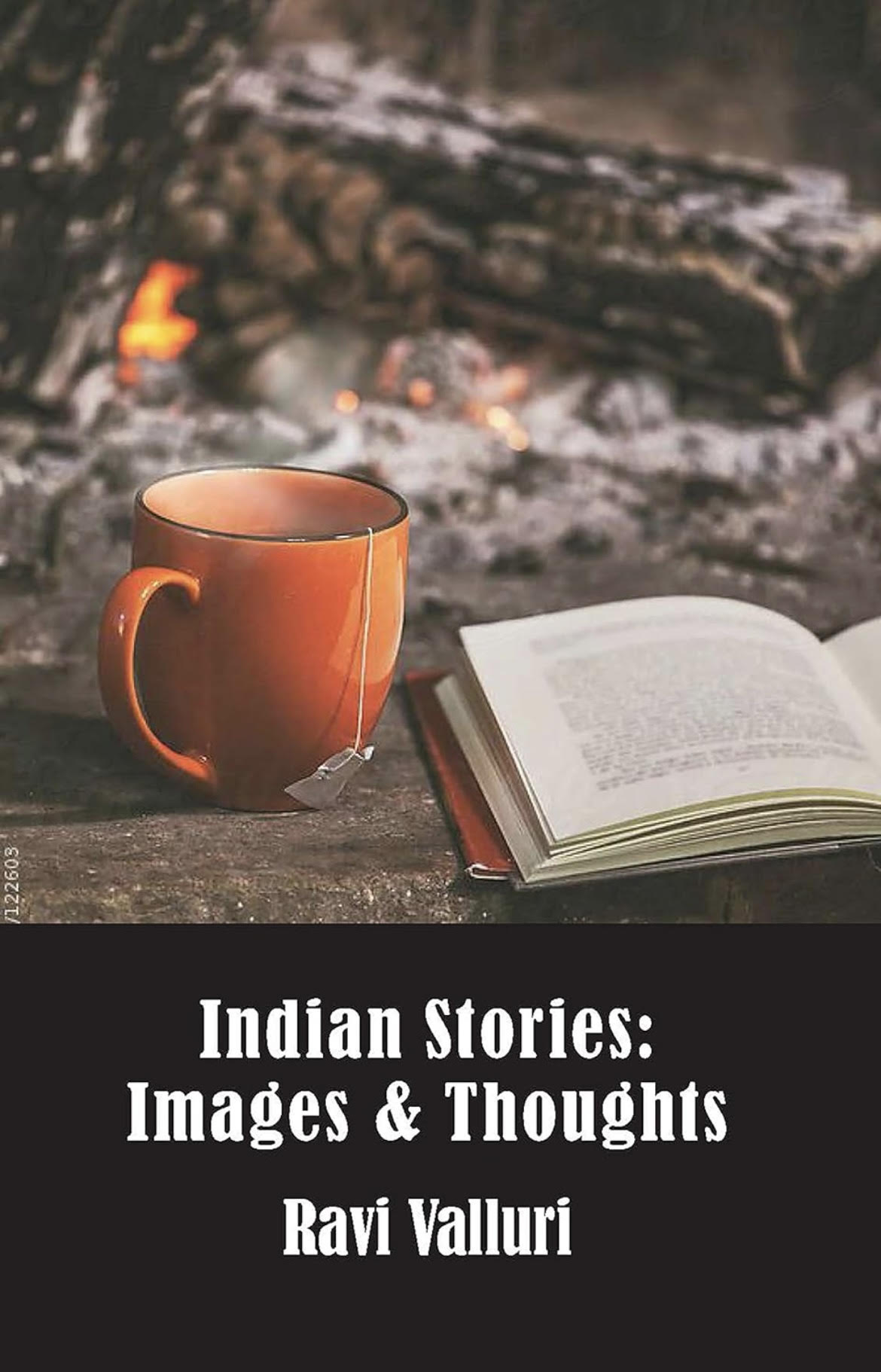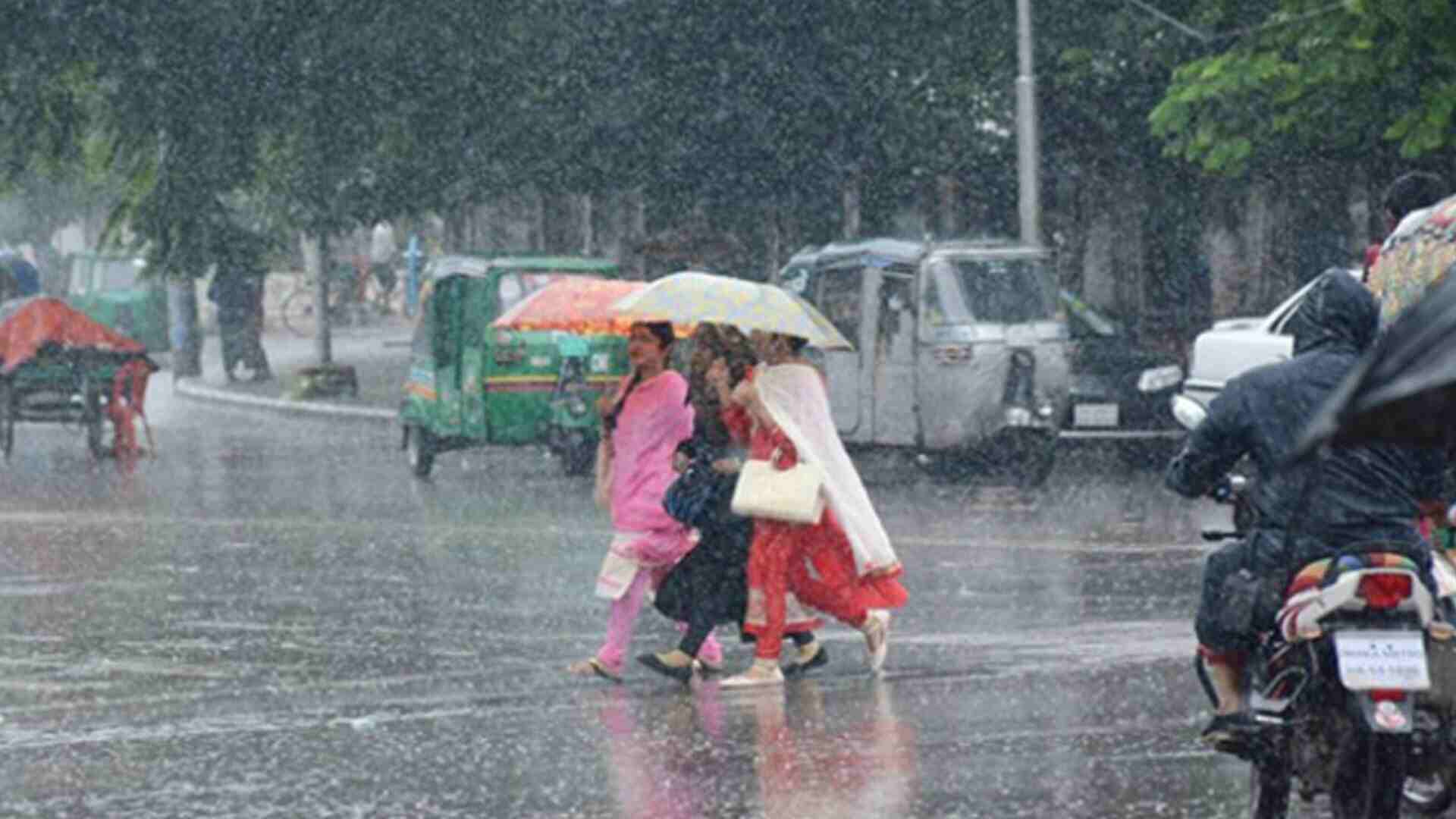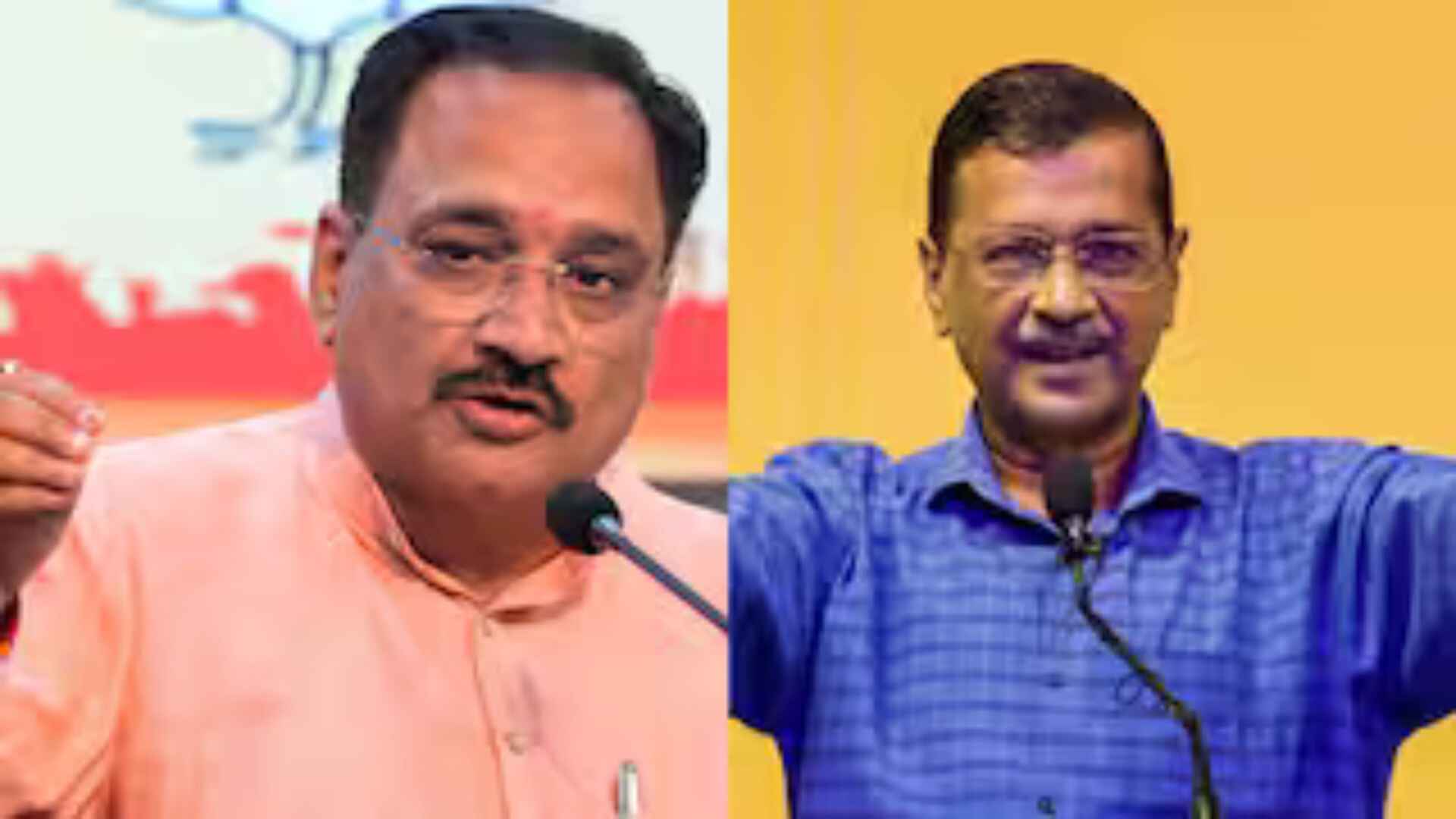Art for the sake of Art movement in literature became a bohemian creed in the 19th century; a slogan raised in defiance of those—from John Ruskin to the much later communist advocates of socialist realism who were of the opinion that the value of art was to serve some moral and didactic purpose. It was a rejection of the Marxist aim about literature. But it seems that Ravi Valluri, a renowned Indian author does not subscribe to the Art For Art’s Sake movement when he is particularly viewed through the prism of his mesmerising book “ Indian Stories: Images & Thoughts. Real authors as Geoffrey Chaucer puts in his words, never wallow in their personal grief and sorrow. Neither do they remain confined to their own ivory towers. They closely engage with the society they inhabit and depict it in its various hues and shades through their literary masterpieces.
Quite in a similar manner, the author of the book Indian Stories: Images & Thoughts, has thrown light on the different aspects of life in India with his vast experience which he has gathered while traveling in the every nook and cranny of india in the capacity of a highly decorated officer of the Indian Railways.
Therefore, while analysing this book, no literary critic will dare to refute the fact Valluri has obviously no leanings towards the school of Art for Art’s Sake. Au contraire, he appears to be influenced by the Art for Life’s sake school. We all understand the dictum that literature is a mirror of society and mirror to society as well. Indian Stories: Images & Thoughts is a book in which the writer chooses to wax abundantly eloquent about India’s history, culture, architect, places etc. He has, in this way, commendably shown us a mirror of Indian Society, the glorious ethos of which is deeply rooted in its heathy cultural roots. What an authentic picture of India, the author paints on this literary canvas!
Much to our gratification, It has even been mentioned in the blurb of the book also that India is a never ending saga and story. This ancient civilisation has remarkably amazing stories to narrate. Dwelling on the structural facet of the book, it will be really pertinent to remark that the author has most meticulously and prudently segmented this book into four sections which retain deeply engaging subtitles such as “Wanderlust Discovering India By Rail”, “Wondrous India: Discovering the Lesser- Known Trails,” “Well-Known Personalities, Lesser Known People” and “Wavering Mind, Wandering Thoughts.”
It is, no doubts, not the first book in the history of literature that sheds light on the cultural history of India but what makes it stand apart from the other books is the sheer elegance with which the author has carried forward his narratives. The profuse usage of subtle and sublime imagery in all the sub-narratives opens the inner eye of the readers and superlatively spell-bound, they feel as if they are beholding a three dimensional picture. Such is the literary prowess of the author of this excellent book. The rich and diverse culture of India has umpteen sub-cultures too which have been reflected over with utmost finesse. The book is also seeped in the essence of mythology with the undertones of biography and memoir. Written in an easy-to-comprehend language, this must-read book will endow readers with a slew of opportunities to discover the spirit of India.







